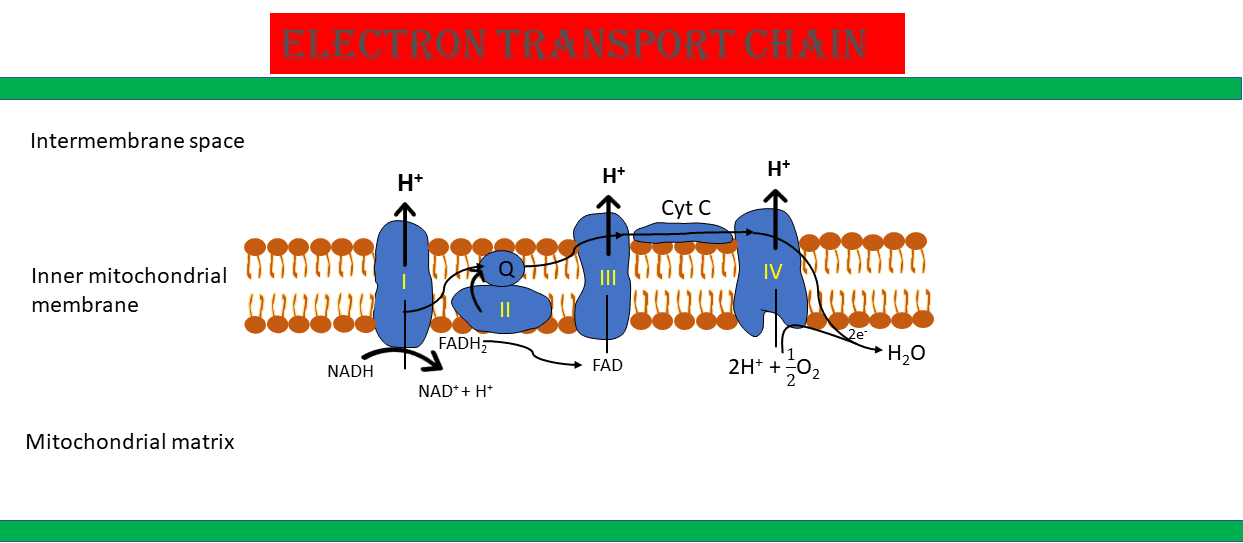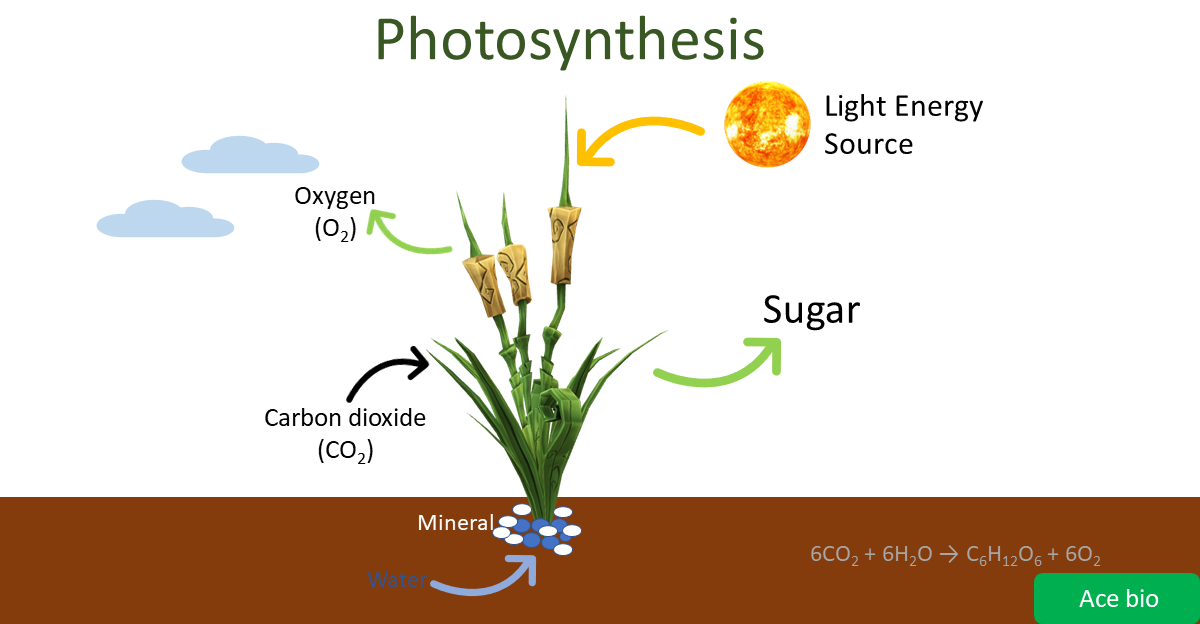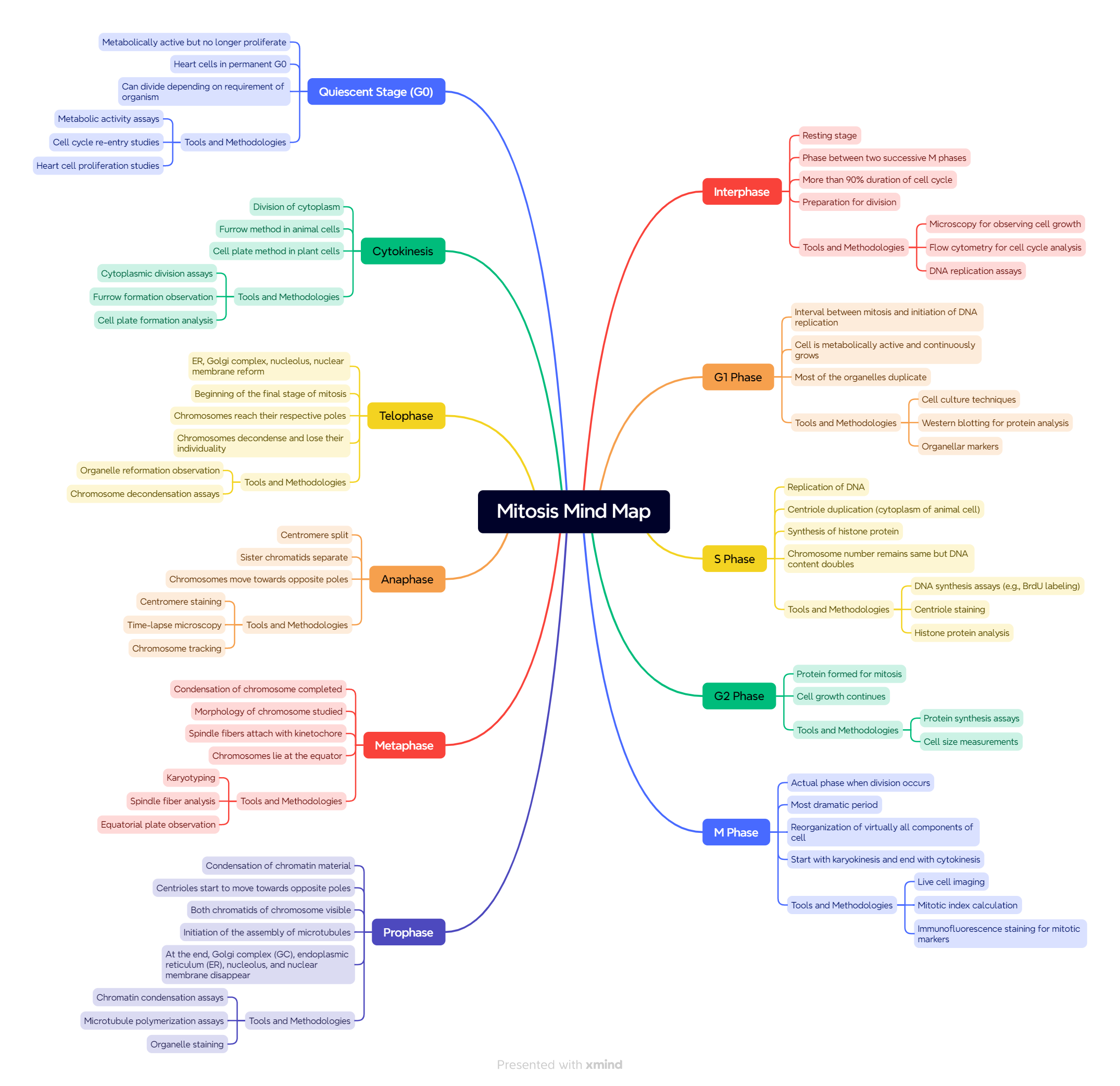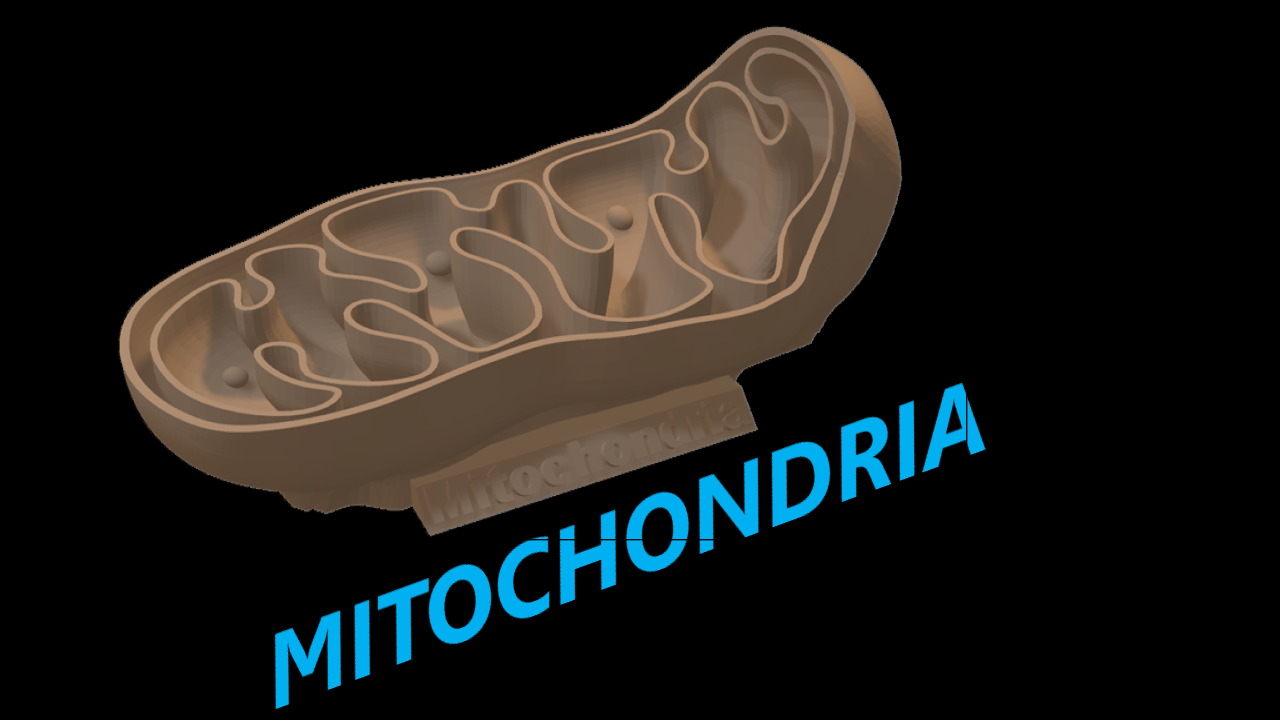7 Vital Electron Transport Chain Steps for Remarkable Energy Output
Oxidative phosphorylation process is a key part of cellular respiration, and yields most of the ATP in aerobic organisms by Electron transport chain steps (ETC). Information provided in this article covers all the events that occur in the electron transport chain and there is a flowchart included to help in understand process. What is the Electron Transport Chain? Basically the Electron Transport Chain (ETC) is a mechanism through which cells generate ATP (Adenosine Triphosphate). The system of electron phosphotransfer is the electron transport chain of proteins and other molecules situated in the inner mitochondrial membrane. It is very essential in the process of cellular
How Photosynthesis in Higher Plants Revolutionizes Our World: 7 Powerful Takeaways
Introduction Photosynthesis in higher plants is the process by which plants, algae and some bacteria synthesize food molecules through the chemical use of energy which is in the form of light. This process is critical for plant and other photosynthetic organisms as well as playing a role in creating the oxygen that human beings breathe and as the basis of the food chain. This process occurs in the chloroplast, which is located within the plant cells and is made up of pigments, like chlorophyll. 1. The Basics of Photosynthesis Definition and Significance Photosynthesis in higher plants could be described as the process through which
10 Fascinating Insights: What is the Significance of JGA in Kidney Function?
Introduction Here are 10 fascinating insights to help you understand what is the significance of JGA in kidney function. The juxtaglomerular apparatus (JGA) is a highly developed and important component of the renal tissue which performs several functions related to the kidney and systemic homeostasis. This article unfolds a rather complicated relationship of the JGA and its importance in regulating blood pressure, fluid balance and renal function. Anatomy of the Juxtaglomerular Apparatus The JGA is strategically positioned where the distal convoluted tubule (DCT) intersects with the glomerulus, a network of capillaries in the nephron. Components of the JGA Three primary components 1. Juxtaglomerular Cells:
10 Amazing Ways Insect Mimicry Powers Nature’s Survival Tricks
Introduction In stage of the nature, insect mimicry is one of the most splendid works of evolution that reveals the most admirable strategies for survival ever created. Imitation in insects is a diversified complex of adaptive features of behavior and appearance aimed at manipulation or misrepresentation of the predator or the prey. This fascinating process not only exemplifies such creativity of evolution’s processes as concepting and partnering but also seeks to call attention to the complex dynamics of maintaining the structure of ecosystems. This article will explain about the various kinds of mimicry, its types, and discusses how insects have evolved to achieve such
The Silent Threat: 5 Shocking Ways Biological Magnification Impacts Our Lives
Introduction Ecological process is that of biological magnification which can be defined as the progressive enhancement of dangerous substances in various organisms as one ascends the pyramid. It is worth studying this phenomenon because it demonstrates how pollutants impact the surrounding environment and the people. History Early Observations The theory of biological magnification was discovered in middle of the 20th century when scientists found some chemicals in higher concentrations in the prey than in the predator. Key Discoveries Rachel Carson through her book “Silent Spring,” drew public attention to the impact of pesticide such as DDT that remain in the ecosystem and impact fauna.
10 Fascinating Patterns about Migration of Bird : An In-Depth Exploration
Introduction Migration of birds is perhaps one of the most interesting natural processes where birds so marvelously demonstrate their stamina and directions sense. This kind of migration can cover as many as thousand of miles at times depending on the bird and this can cross continents or even oceans. Learning these patterns not only contributes to the identification of life cycles of birds, but also enriches awareness of the need for preserving their environment. What is Bird Migration? Definition and Basic Concepts Migration of bird as defined concerns the periodic and cyclical movement of birds in a bid to get to either their breeding
MASTER MIND MAP OF CELL CYCLE AND CELL DIVISION 7 ESSENTIAL INSIGHTS
Mastering Biology: Creating a Mind map of Cell Cycle and Cell Division Introduction Understanding of the mind map of cell cycle and cell division is important in biology because the processes are so basic to existence. It doesn’t matter if you’re trying to prepare for a test or just ponder the ways of life, understanding these concepts is critical. An excellent technique for enhancing general knowledge and storing it in memory is mind mapping. In this article, you will be familiar with information on the cell cycle and cell division and get detailed instructions on mind mapping to make the study of these concepts
Which Structure Performs the Function of Mitochondria in bacteria?
Discover which structure performs the function of mitochondria in bacteria and its importance in cellular energy production. Which structure performs the function of mitochondria in bacteria? This question arise when consider the crucial role of mitochondria in eukaryotic organisms. There is no doubt that in the mission of cellular biochemistry, mitochondria act as the power stations for eukaryotic organisms. This presence guarantees that eukaryotic organisms are in a position to produce energy, grow and also manage every biochemical process that is required. However, in the life cycle of prokaryotes such as bacteria, the constituent called mitochondria is missing. This raises a fascinating question: which







